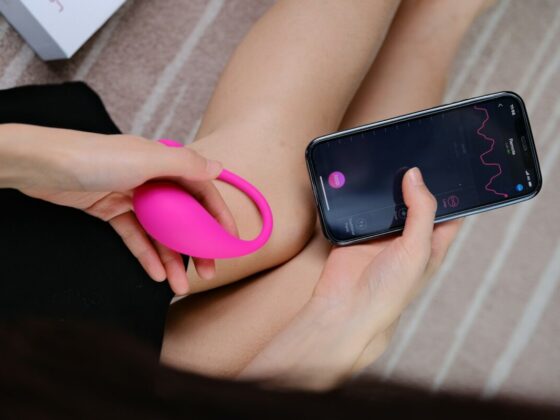Over the past year, healthcare providers have been using telehealth systems to help them mitigate some of the risks associated with the COVID-19 pandemic.
Telehealth systems allow healthcare providers to communicate with their patients without the need to speak with them face-to-face, minimizing the risk of infection while still allowing patients to access the care they need.
Healthcare providers and patients alike have had to adapt quickly to using telehealth systems, but now that they are in place, it seems likely that they are here to stay as they provide healthcare institutions and patients alike with so many benefits.
What is telehealth?
Telehealth is the provision of healthcare using electronic means, such as sending and receiving information electronically and using telecommunications. It’s surprising just how many healthcare services can be accessed effectively using telehealth systems; for example, you can:
- Talk live using video chat services or over the telephone. This makes it possible to have an appointment with your physician and other healthcare providers such as nutritionists, counselors, and nurses.
- Talk over messaging services for less urgent issues; for example, you might use messaging services to send your doctor a photograph of a particular issue as a follow-up from a face-to-face consultation or if you aren’t able to have a video call.
- Messaging services can be used to request prescriptions. This can be used by your healthcare provider following on from a consultation, or you can use it to order repeat prescriptions of your regular medication.
- Receive monitoring. Your doctor can send you a monitoring device to use, which they can use to get a view of your progress and current condition without needing to be in the same room.
Telehealth systems are also used to contact large groups of people at once. For example, if your physician was providing vaccinations for everyone over 65 in your area, a telehealth service would make it easy for them to get a message to all of the applicable people.
How do individuals benefit from telehealth services?
Many of us don’t like the idea of talking with our doctor over video or phone to start with, but once we get used to the change, it’s actually a method that comes with a lot of upsides.
One major benefit of using telehealth services is convenience. If you visit your doctor in person, you will need to drive, walk or use public transport to get there, which you may need to pay for. You then spend time waiting to see your physician, time in the appointment, and then time traveling home. This is particularly inconvenient if you need to take time off of work. With appointments conducted using telehealth, you save yourself a lot of time. One study estimated that virtual appointments could save patients around 100 minutes per appointment.
Another benefit is continuity. Healthcare providers are busy people, and you can’t see the same one. However, with telehealth, they can keep up to date on your condition and always have access to your information when they need it. It also means that, as a patient, you can access care at times when you might not otherwise have been able to.
Finally, telehealth makes it easier for patients to access specialist care. If you are accessing your care provider remotely, you can choose which healthcare provider to see based on who is best suited to you rather than choosing the closest geographically.
If you are interested in the benefits of telehealth, you can read more here.
How do healthcare institutions benefit from telehealth?
Not only do patients benefit from telehealth, but healthcare organizations do too, which of course, loops back around and benefits the patient again.
With fewer patients visiting healthcare institutions, there is a lessened risk of contamination, which protects healthcare professionals’ health.
Not only this, but healthcare professionals benefit from telehealth because of the amount of time it saves them. Telehealth systems mean that patients are screened before seeing their healthcare provider to ensure that they are sent to the right place.
One area where this is a huge benefit in the emergency room. There are around 139 million visits to the emergency room annually, and they aren’t all cases that require emergency care. If the people who don’t need emergency treatment can be directed to the most appropriate place for them, this helps the healthcare workers in the emergency room and means that there are more resources to help those who need it.
Telehealth also empowers patients to understand their own health more and empowers them to manage their own conditions. Telehealth systems can be used to provide information to patients, which they can then refer to. For example, telehealth systems are used to provide information on how to provide basic first aid, which means that people can treat themselves rather than having to visit the hospital or a doctor.
The future for telehealth
Now that so many healthcare institutions have started making use of telehealth, it seems likely that the technology will be built on so that it can be of even more use.
One possible way that telehealth might evolve is through AI. Using AI, telehealth systems could be used to screen patients based on their symptoms and medical history and ensure that they are automatically directed to the most appropriate service, for example. This would save a huge amount of time for healthcare providers, and it would ensure that patients receive the care that they need much more quickly.
AI can also be used to notice patterns quickly. For example, if there was an increase in a certain area of patients with a particular set of symptoms, this could indicate that a virus was in the area or a contaminant at play. AI is likely to pick this up much more quickly than a human, and then this information could be used to take preventative actions such as recommending actions to people in the area.











